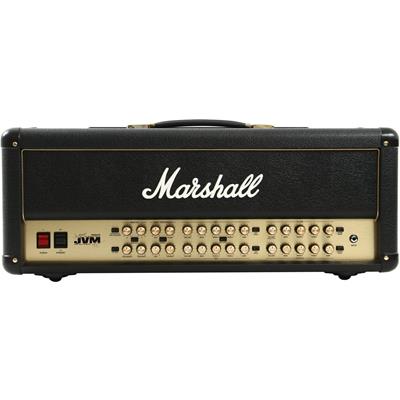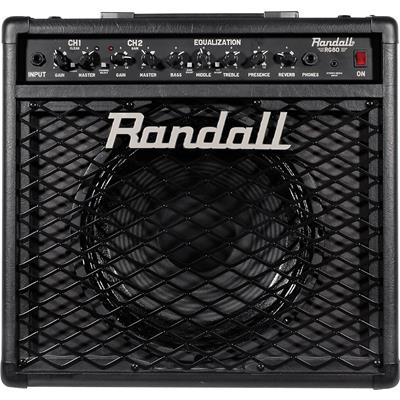Every guitar enthusiast around the world talks about the instrument in a manner that would make you think it is sacred. Something granted to the modern world by the gods, or divine beings, which saw fitting that we would enjoy the boons of music. Yet so many of these guitar supremacist know so little about the instrument. You see, a guitar is not only its body, and it is not only the strings. A guitar consists of many small details that make it into a great item, one which is either worthy of our admiration or of being committed to recycling. One such detail, and probably one of the most important ones, is the bridge of the guitar. Whether you are an acoustic guitar aficionado or the follower of the cult of the electric guitar, you need to know about this item on your guitar, because this item is what causes your guitar to be fun and enjoyable to play. So let me tell you a little bit about this wonderful item. (By a little I mean let’s go overboard with talking about what it is, how it should be used, and what it does for your guitar).

So what is it?
If you are asking me what a bridge is, than I am going to need to take your guitar lover card (Not that there is one) for now, at least until the end of the article, because come on what is with you? The bridge is that annoying piece of wood or metal (depending on your guitar type) that is slapped onto the middle of your guitar’s body. It is the thing that your strings are stretched to from the tuning machine. It is the thing that gives your guitar the action in its strings and the stability, spacing and what generally makes the instrument actually playable. Did you find it? Good. Now you know what a bridge is, so here is 25% of your guitar lover card back (this joke is going to get really old, really fast).
So what does it do?
Well, there are many types of bridges, all of them capable of doing different things, but there are some general things that all bridges do that I will tell you about first. We can get into the details of what type of bridge and what does it do later.
Generally the idea behind a bridge, at least the very basic one, is to keep your strings raised and stable, so you can play it. The very first bridges were probably very basic (not that I know) and were there simply to allow the strings space to vibrate. Nowadays the art of guitar bridge making has been perfected, so that most bridges have a certain rise and different string through techniques, to allow different effects. Though the very basics remain true – all bridges are there to keep your strings in place, all bridges are there to keep your strings playable, and most bridges are there to provide a little bit of a benefit in the sound of the guitar.
Bridge Types
There are a whole bunch of bridge types though, some of them specific to manufacturers and others more widespread, and all of them have certain benefits that others might not have. Knowing what these are will allow you the ability to customize the sound of your guitar. There are two general types of bridges that all bridges qualify into though:
Fixed Bridge – The idea of a fixed bridge system is very simple, just like the tremolo bridge system is. The fixed bridge system is, as you would expect, fixed, meaning it does not allow the player to play around with the tension of the strings in the middle of playing, or in general, without manipulating the tuning machine. These are most often seen in acoustic guitars, but are also very widespread among semi acoustic, semi hollow body, and solid body guitars.

Tremolo Bridge – The tremolo bridge is the dream bridge of any lead guitar player looking to dazzle the audiences with mind blowing bendy sounds. Really, the idea behind the tremolo bridge is very simple. It is a more or less mobile bridge that allows the player to change the tension of the strings in the middle of playing with the use of a tremolo bar, which results in a bendy sound usually achieve on fixed bridges by bending individual strings. These are known to be more likely to have issues with string stability, as bending the strings too much can cause them to go out of tune. Nothing to be scared of, since high quality bridges and tuning machine systems are easily able to work around the problem.

Examples
So now that you know that there are two types of bridges, let me tell you about how there are so many bridges in each of the categories. Why is that? Because nobody is ever satisfied with just one version of one thing. Which is why we produce a whole lot of it and hope that some of them will be nice. Turns out some of them do turn out to be nicer than others. Anyway, let’s see what versions there are and what makes each one of them special.
Fixed Bridges
Wraparound
Probably the simplest type of bridge that has ever been created or used (Don’t quote me on that, I am not musical instrument historian and my sources are dubious at best). The bridge is pretty much just a metal bar attached to the body of a guitar, with the strings being wrapped around it and sent to the tuning machine of the guitar. While it does not allow for individual string action and height configuration, it is cheap and easy to maintain.
Tune-o-Matic
The Tune-o-Matic is probably the most recognizable bridge design out there. It rose to special popularity together with the Les Paul design, because it is so beautiful and so useful. This beautiful two piece bridge allows the player to customize the action of each string individually, and to change the height of all of the strings at the same time. Great stuff, that looks beautiful and has great sustain, for which it became popular in the 50s and 60s.
2 Tek
If you are a detail oriented control freak (no judgement, a lot of great mid level managers are that way, and they can be good people too) then the 2 Tek is something of a wet dream for you. This bridge is on the expensive side among all of the bridges that I have mentioned up to this point, but the reason for this is simple. The bridge allows for individual control in terms of action and height for each and every string. The level of customization is insane, and so is the design of the bridge, requiring the body of the guitar to be built around it. Great sound and sustain come as a result though.
Tremolo Bridges
Bigsby
Designed by a dude called Paul Bigsby, this design has been a very recognizable piece of metal on the bodies of many guitars for the past decades. The bridge is amazing looking, yes, but it is also one of the simpler tremolo bridge designs out there. Nobody has been able to go beyond a third below, but this should be enough for most players.
Fender Six-Crew Vintage
Every tremolo bridge ever is the descendant of this single, recognizable and loved bridge system. You should have guessed as much when you read the vintage in its name, but I won’t judge you (I’ve been judging you this whole time). The bridge provides the ability to customize the action of each individual string, while also permitting some great bending. Great stuff.
Floyd Rose Double Locking
So once upon a time, the dude by the name of Floyd Rose, got tired of the fact that whenever he bent the strings the guitar was likely to go out of tune. So he invented nuts and bridges that would lock, preventing the strings from going out of tune while bent them. The result is a nice bridge design that is pretty, useful and all kinds of loved by all.
This covers the basics of guitar bridges, at least the electric kind. While there are acoustic guitar bridges that need to be discussed, I will leave that for a later time, or for you to discover on your own. Here is your guitar loved card back.






